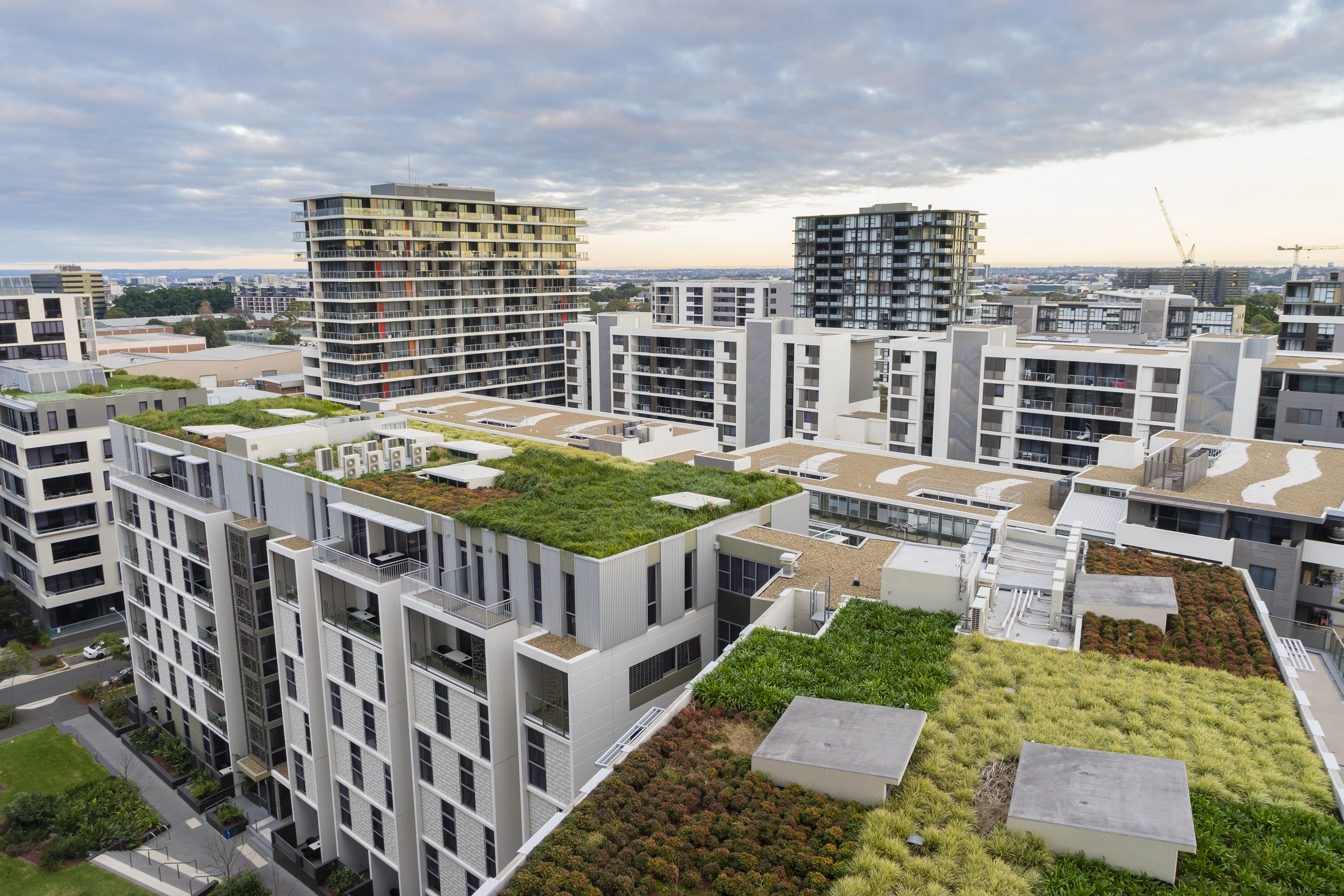Green building is a structure designed and built in a way that limits its harm to the environment. Green building can also refer to the principles and guidelines builders and architects use in making such buildings. Green buildings typically use energy, land, and water more efficiently than do other buildings. They also tend to produce less waste and pollution. Their builders often choose materials that are recycled, that are made using few toxic chemicals, or that can be obtained from nature sustainably. Sustainable methods include those that do not cause lasting harm.

The construction and operation of a building can harm the environment in many ways. The makers of green buildings try to reduce a building’s impact in all possible ways. In terms of location, for example, the construction of a building can disturb or displace wildlife. The maker of a green building might take care to choose a building site with few wild inhabitants. In terms of energy, designers might seek to lower carbon dioxide emissions. They might do so by installing solar panels to generate energy, reducing the need for fossil fuels.
Some buildings feature green roofs. A green roof is a roof that is covered in plants. A green roof can improve a building’s interior climate and reduce its energy usage. By absorbing solar energy, the plants prevent the sun’s heat from warming the building. This can help minimize a building’s reliance on air conditioning, improving its energy efficiency. Green roofs can also provide habitat for local wildlife or space to grow food.
The roots of the green building movement can be traced to the 1970’s. During that time, political disagreements led to a temporary fuel shortage in the United States and Western Europe. The shortage caused many governments to adopt building codes that called for increased energy efficiency. Starting in the 1990’s, several organizations established green building guidelines. Such guidelines were meant to assist and encourage interested builders and architects. Government engineers in the United Kingdom created the first such guideline system. It is called the Building Research Establishment Environmental Assessment Method (BREEAM). In 1998, a non-profit organization called the U.S. Green Building Council created the Leadership in Energy and Environmental Design (LEED) Green Building Rating System. Buildings that meet LEED guidelines are given awards. The awards range from Certified, the lowest rating, to Silver, Gold, and Platinum, the highest rating.
